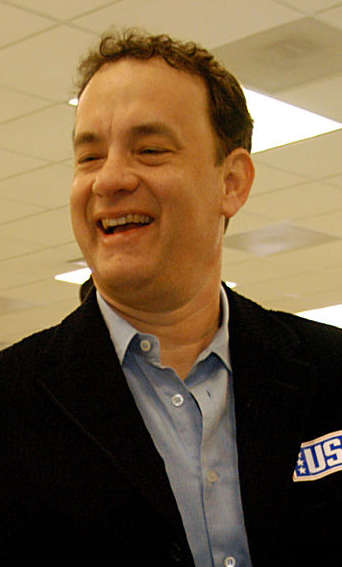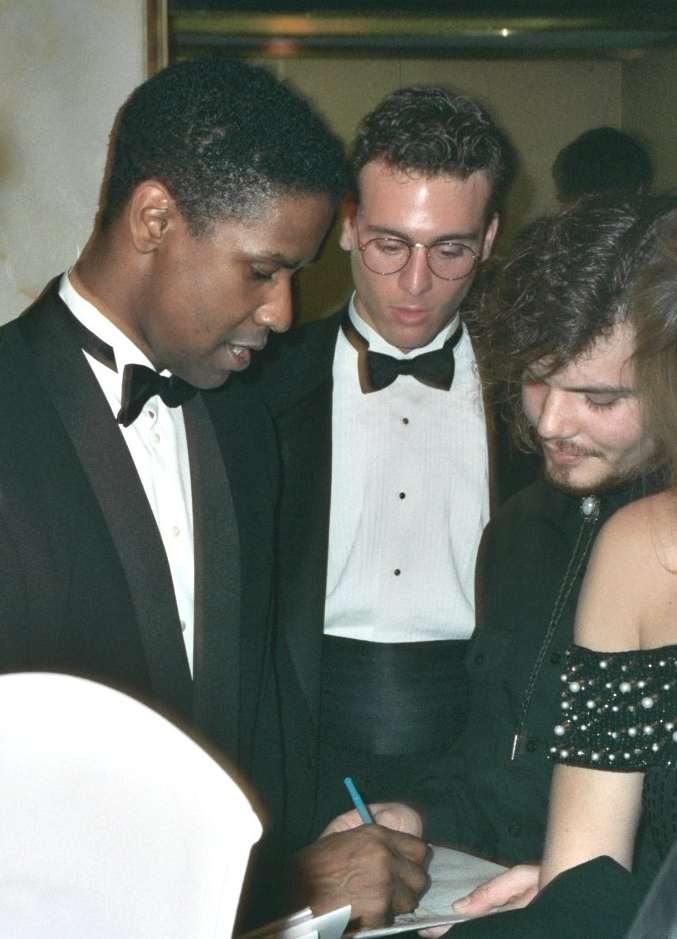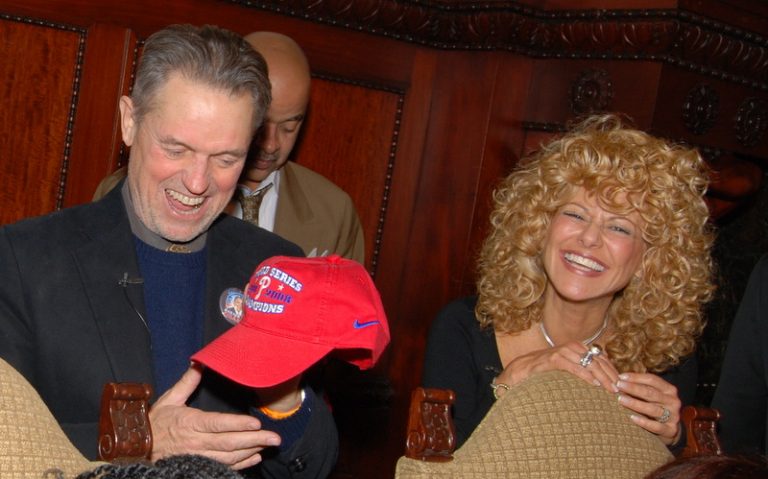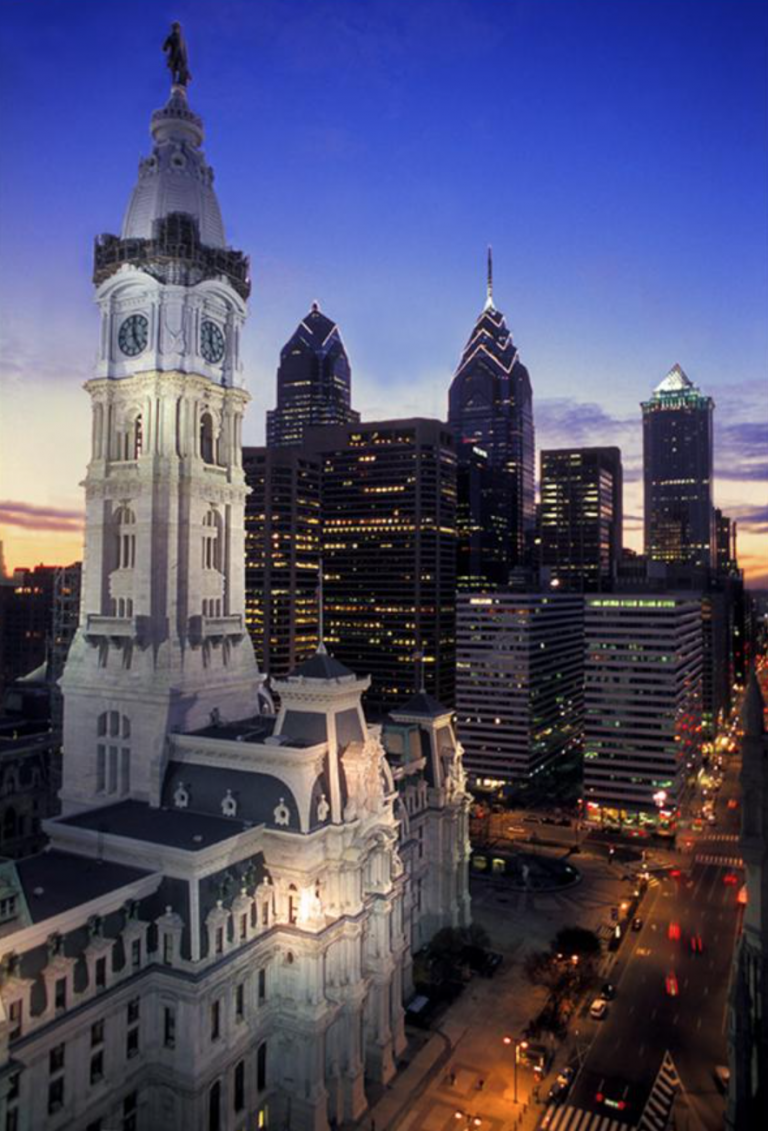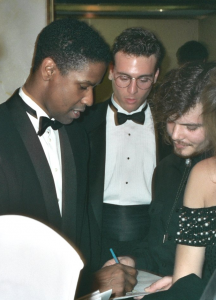Philadelphia (Film)
Essay
As a form of cinematic activism, Philadelphia (1993) attempted to reform the public understanding of AIDS in a time when ignorance and fear of the disease fueled prejudice and hate. The film is not merely set in the city of its title, but in a large part, the people of Philadelphia performed it. Extras who stood in the background of its street-side scenes, observers of the court proceedings, and people in the hospital receiving treatment were Philadelphians fighting the AIDS epidemic themselves.
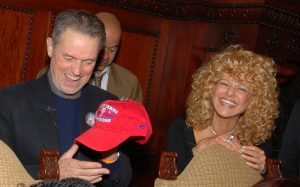
In the early 1980s, Philadelphia, along with New York and Los Angeles, saw the first diagnoses of illnesses later understood to be the AIDS virus. Because of this historical relevance, Sharon Pinkenson (b. 1948) of the Greater Philadelphia Film Office suggested to Jonathan Demme (1944-2017), the film’s director, that he set his production in Philadelphia as a tribute to the people affected by the disease. Originally, Demme was in search of another major city for his film. However, after spending time in Philadelphia and realizing it to be a symbol of independence, exuding at times a culture of tolerance and brotherhood, Demme found it an ideal location to host a story about discrimination and prejudice.
In the film, Tom Hanks (b. 1956) plays the role of Andy Beckett, who contracts AIDS while simultaneously ascending the ranks of a prestigious Philadelphia law firm. Andy is a passionate, knowledgeable, and dedicated lawyer, who in the beginning of the film wins an argument before a judge over the environmental toxicity of building materials used by a company that his firm represents. Despite his initial success, Andy is dismissed from the firm after his colleagues discover that he is infected with AIDS. The plot develops around Andy’s wrongful termination and his exposure of the firm’s true motives for firing him. Andy eventually gains the sympathy of an African American lawyer, Joe Miller, played by Denzel Washington (b. 1954), who decides to represent Andy after identifying with the prejudice he faces as a victim of AIDS.
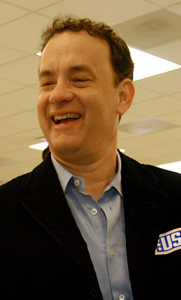
A number of legal and social initiatives at the time of the filming and release of Philadelphia similarly advocated for those affected by the illness. The federal Americans with Disabilities Act, passed in 1990, prohibited termination of an employee solely because of an illness, including AIDS, or other circumstance brought upon them involuntarily. The AIDS Law Project of Pennsylvania, a nonprofit law firm founded in 1988, specialized in assisting AIDS victims by taking on cases such as workplace discrimination, harassment, and estate settlements. These initiatives sought to challenge employers who asserted probable cause when dismissing a queer or infected individual from a job. As in Andy’s case in the film, victims argued that the illness did not inhibit them from performing their work duties and therefore should not be a basis for firing or otherwise quarantining them from society.
While vested in social issues confronting Philadelphia and beyond, the film also documents a panorama of locations across the city in the early 1990s. Its opening scene and many interludes feature views of the skyline, including buildings such as One Liberty Place and City Hall. In one instance, the film shows the charred remains of One Meridian Plaza, the high-rise on Fifteenth Street across from City Hall that was condemned after a 1991 fire that took the lives of three firefighters. On Market Street, the Mellon Bank Building played the role of headquarters of Beckett’s prestigious law firm, and a building at Nineteenth and Chestnut Streets served as the law office of Joe Miller, the lawyer who represents Andy in his wrongful dismissal suit. The climax of the film takes place in and around City Hall, which served as the site of the court case that is the pivotal moment in Andy’s story.
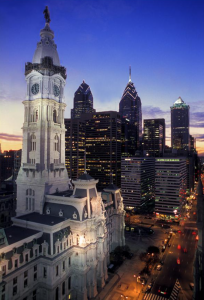
Philadelphia earned two Academy Awards, one for Hanks as best actor and the other for best original song, “The Streets of Philadelphia,” by Bruce Springsteen. While garnering critical praise and popularity, the film received mixed responses from the gay community. Some questioned Demme’s knowledge of gay sexuality in his representation of the relationship between Andy and Miquel, played by Antonio Banderas (b. 1960). Others, however, praised the production for its advocacy of an issue towards which the rest of society was dismally silent. Philadelphia prevailed at a time when AIDS was both widespread and grossly misunderstood, and by penetrating the social ignorance towards the disease the film taught people to empathize with affected individuals instead of shun them for their malady.
Damiano Consilvio is a Ph.D. student at the University of Rhode Island and studies the ways in which digital technologies can enhance the practice of textual editing. His book project, Ethan Frome: A Digital Scholarly Edition, is forthcoming.
Copyright 2018, Rutgers University
Gallery
Links
- AIDS Law Project of Pennsylvania
- Americans with Disabilities Act (U.S. Department of Justice)
- "From the Streets of Philadelphia: The AIDS Law Project of Pennsylvania's How-To Primer on Mitigating Health Disparities" - PDF (Temple Law Review)
- Greater Philadelphia Film Office
- One Meridian Plaza Fire Report - PDF (U.S. FEMA)
- "Philadelphia" 20th Anniversary Retrospective (WHYY)
- PhilaPlace: Philly AIDS Thrift (Historical Society of Pennsylvania)
- "The Streets of Philadelphia" Music Video by Bruce Springsteen (YouTube)
